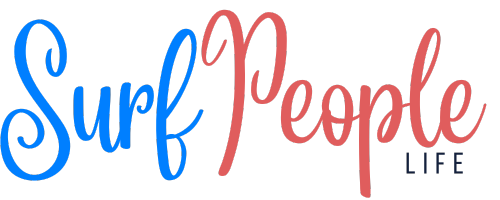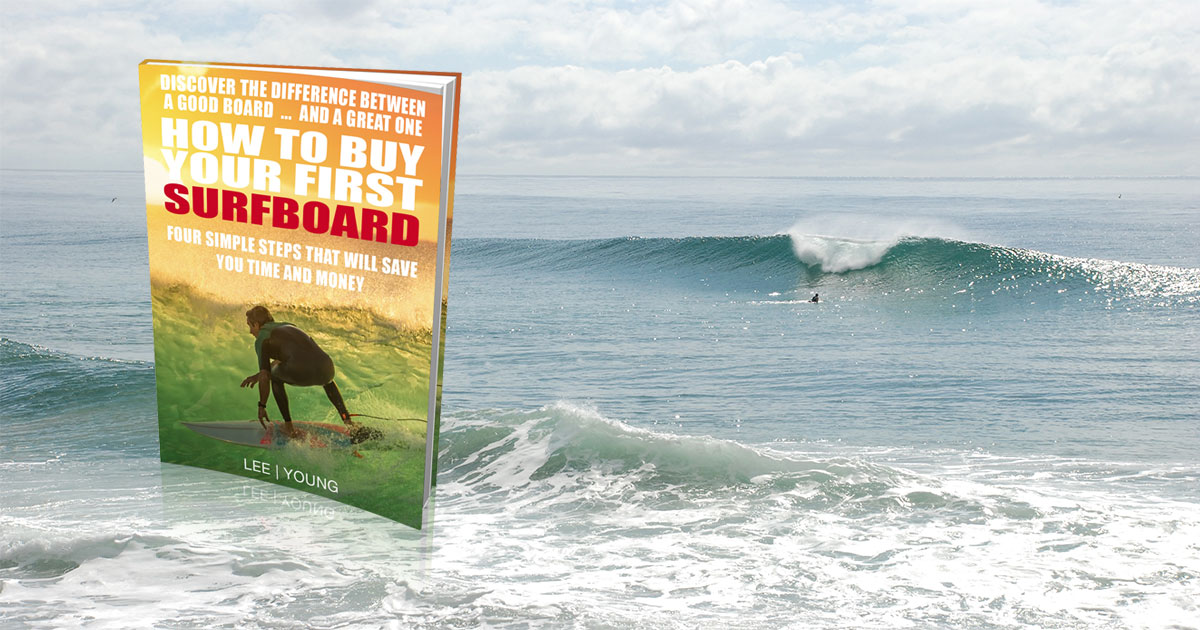What I Wish I Knew Before My First Surf Session

I wish someone had told me how unpredictable my first surf session would feel, even after watching countless videos and reading tips online. The biggest thing I wish I knew was that getting comfortable in the ocean takes time, patience, and a willingness to make mistakes. Nothing fully prepares you for the feeling of being tossed by a wave or the learning curve of paddling, popping up, and balancing all at once.
I learned quickly that preparation before hitting the water is just as important as the surf session itself. Some expectations I had about wave size, what to wear, and how much upper body strength I’d need were way off. Being realistic about the challenges made the whole experience more enjoyable, even when I wiped out more times than I could count.
Key Takeaways
- Preparation and mindset are crucial before your first surf.
- Realistic expectations help manage frustrations in your first session.
- Guidance and practice speed up your progress after starting out.
Essential Preparation for First-Time Surfers
My first surf session taught me just how important it is to prepare with the right gear, understand the environment, and respect the unwritten rules of surfing. Being organised before hitting the water made my experience safer and far more enjoyable.
Choosing the Right Surfboard
Selecting the correct surfboard can mean the difference between hours of frustration and a successful first session. I discovered that a longer, wider foam board offered maximum stability and made it easier to paddle and catch small waves. Soft-top boards are less likely to hurt if I fall off, which happened a lot in the beginning.
Get My Free Surfboard Guide
Your content goes here. Edit or remove this text inline or in the module Content settings. You can also style every aspect of this content in the module Design settings and even apply custom CSS to this text in the module Advanced settings.
Understanding Local Conditions
Knowing the beach conditions—a combination of tides, swell, rips, and wind direction—was crucial before paddling out. Surf forecasts and local surf cams helped me check the wave size and frequency. Clear signs at the beach often highlight hazard areas or swimming zones, which I made sure to pay attention to.
I talked to local surfers to get insights on the best spots for beginners. I quickly learnt that some beaches have dangerous rips or rocks, and not every spot is safe for a first timer. I always checked for patrolled areas with lifeguards present and steered clear of surfing alone.
Getting Familiar with Surf Etiquette
Surf etiquette is a set of informal rules every surfer follows to keep things safe and fair out on the waves. The most important is the concept of “right of way”—the surfer closest to the peak of the wave gets priority. I made sure not to “drop in” on others or block someone already on a wave.
Another key rule is to never ditch my board, especially when in the path of other surfers. I always stayed aware of my surroundings and paddled wide around the main break when returning to the lineup. Respect for other surfers ensured a more enjoyable session for everyone, including myself.
What to Expect During Your Initial Surf Session
My first time paddling out, I realised surfing involves constant problem-solving and patience. I quickly learned that understanding what could happen, physically and mentally, helped me make better decisions in the water.
Managing Expectations Versus Reality
I thought I’d catch waves right away, but the reality hit quickly. My balance felt off, and standing up was much harder than it looked from the beach. Even paddling out against small waves took far more effort than I’d expected.
The feeling of progress can be slow at first. It’s normal to wipe out many times before standing up. Surfboards rarely co-operate, and waves aren’t as predictable as videos suggest.
What helped me was lowering my expectations and focusing on simple goals, like sitting on the board without tipping over or paddling for a wave at the right time.
Helpful tips I wish I knew:
- Prioritise practising the “pop-up” move on sand before heading out.
- Take breaks and watch others between attempts.
- Measure success by comfort and tiny improvements, not by riding a wave all the way.
Common Challenges for Beginners
My arms tired out faster than I thought possible. Paddling is repetitive, and the board often feels bulky beneath me. Popping up smoothly often seemed impossible after a few failed tries, with legs and feet landing unsteadily.
Common issues I encountered:
- Struggling to read approaching waves and position myself correctly
- Trouble controlling the board, especially through whitewash
- Difficulty balancing and standing up in one motion
I found the most progress came from focusing on one thing at a time. Concentrating on paddle technique and practising the pop-up, even on dry land, started to make things easier session by session.
Tips for Progressing After Your First Surf
Improvement comes from consistent effort and knowing how to analyse where you can do better. I focused on developing a routine and made sure to look closely at each surf session to identify opportunities to improve.
Practice and Patience
After my first surf, I realised that progress doesn’t happen overnight. I set aside time each week, aiming for at least two or three sessions, to build comfort in the water. Consistency helped me adjust to different conditions and slowly build skills.
I made use of soft-top boards at the start. These boards are more stable and forgiving, so I spent less time worrying about balance and more on technique. Sticking to smaller, manageable waves early on built my confidence.
I paid attention to paddling technique, making sure every stroke counted. I worked on getting to my feet smoothly, using a pop-up drill on land. Practising outside the water meant I could focus on my form without the pressure of the surf.
I reminded myself not to expect rapid progress. The ocean is unpredictable, and every session felt different. Tracing subtle improvements, like catching more waves or staying on my feet longer, kept me motivated.
Learning from Mistakes
I learned the most by paying attention to my errors. Each fall or missed wave told me something about what I needed to fix. Instead of getting frustrated, I started asking myself why something went wrong.
For example, if I wasn’t catching waves early enough, I checked my positioning and timing. I kept a simple log in a notebook to track my experiences, recording things like wave size, where I sat in the lineup, and what worked or didn’t.
Watching more skilled surfers and asking questions also sped up my progress. I noticed their paddle techniques, where they positioned themselves, and when they chose to go for waves. Even small adjustments from observing others often translated into better rides.
By reflecting after each session and making small, targeted changes, I improved steadily. I accepted that mistakes were inevitable, but with patience and honest assessment, I could keep moving forward.
Frequently Asked Questions
When I started surfing, I realised there were a lot of practical questions that beginners face. Clear information saved me time, money, and helped me stay safe in the water.
What essential equipment do I need for my initial surf session?
I needed a soft-top beginner surfboard, which offers the best stability and safety for learning. A comfortable wetsuit suited to the local water temperature kept me warm. I also found a good leash and some surf wax were must-haves to get started.
How can I prepare for surfing if I'm landlocked and can't access the ocean?
I worked on my general fitness, focusing on swimming and paddling strength. Practising pop-ups at home on a yoga mat helped my technique. Watching instructional videos online gave me a better idea of basic skills and safety.
At what age can one comfortably learn to surf, and does it affect the learning curve?
People can learn to surf at almost any age. I’ve seen children as young as five and adults well into their sixties start out. Younger learners often pick up balance and movement quicker, while adults usually benefit from patience and better risk awareness.
What should I be aware of regarding surf etiquette as a beginner?
Learning not to drop in on another surfer’s wave is essential. I also made sure to keep out of the way of more experienced surfers and never let go of my board in crowded areas. Respect for others and knowing basic right-of-way rules was something that helped me fit in quickly.
Could you offer some tips for first-time surfers to quickly improve their skills?
Practising the pop-up move daily made a big difference for me. I found it helpful to start on small, gentle waves and to observe more experienced surfers. Getting feedback from instructors or friends also made my sessions more productive.
What safety precautions must beginners take to prevent injuries while surfing?
I always check the local surf conditions and hazards before paddling out. Wearing a fitted leash and learning how to safely fall off my board was key. I make sure to warm up beforehand and never surf alone when I’m still learning.
Your Title Goes Here
Your content goes here. Edit or remove this text inline or in the module Content settings. You can also style every aspect of this content in the module Design settings and even apply custom CSS to this text in the module Advanced settings.
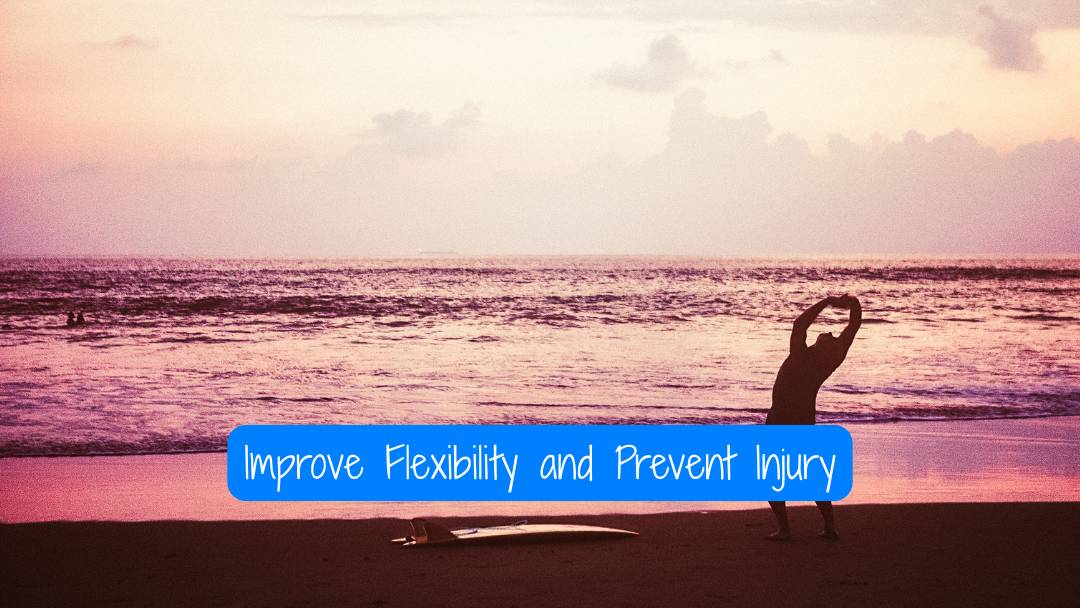
Simple Stretching Routine for Before & After Surfing: Improve Flexibility and Prevent Injuries
Stretching before and after surfing helps prevent injuries and keeps your body feeling good in the water and on the sand. I’ve found that a simple stretching routine can make each surf session smoother, whether you’re keen for a quick early morning paddle or a long...
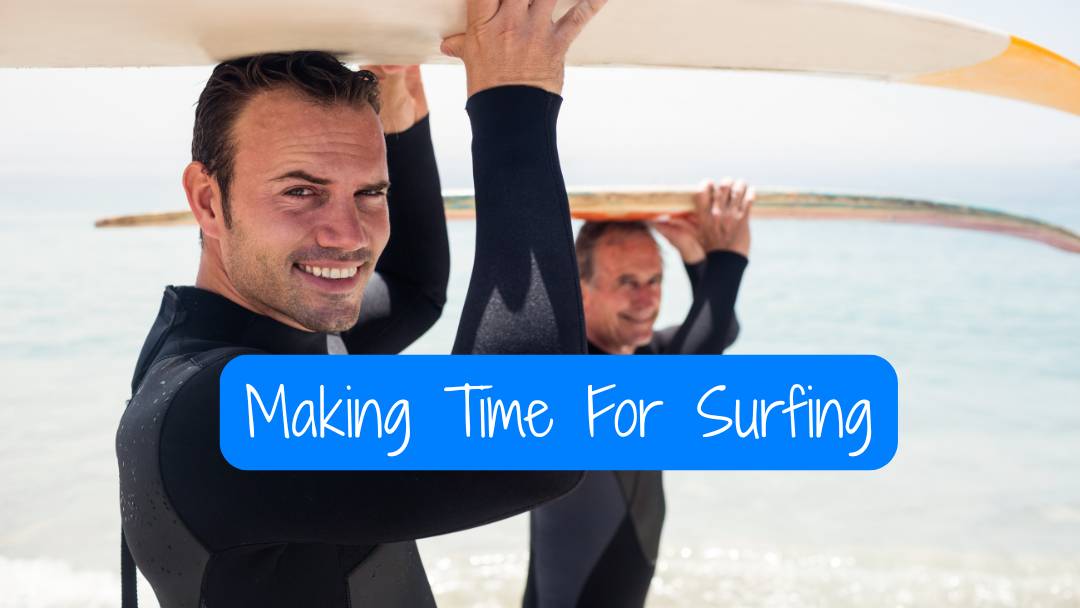
Finding Balance: Fitting Surfing into a Busy Life with Practical Time Management Strategies
Balancing work, family, and personal interests can make it tough to spend time in the water. I often find myself wondering how to fit my passion for surfing around the demands of daily life. The key is having a plan so I can make time for surfing without letting other...
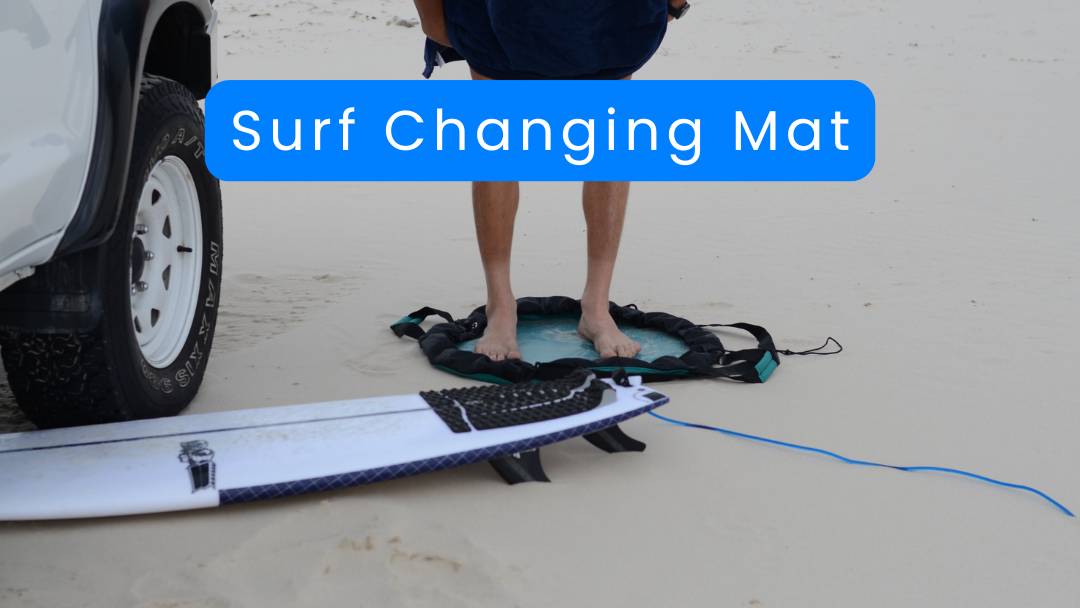
Wetsuit Changing Mat Review: Is Ho Stevie! the Surfer’s Best Mate?
After using the Ho Stevie! changing mat, it’s clear how much it can simplify your surf days. It keeps your wetsuit clean and off dirty ground, which really helps prolong the suit’s lifespan. Plus, once you’re done changing, it easily converts into a dry bag to keep...
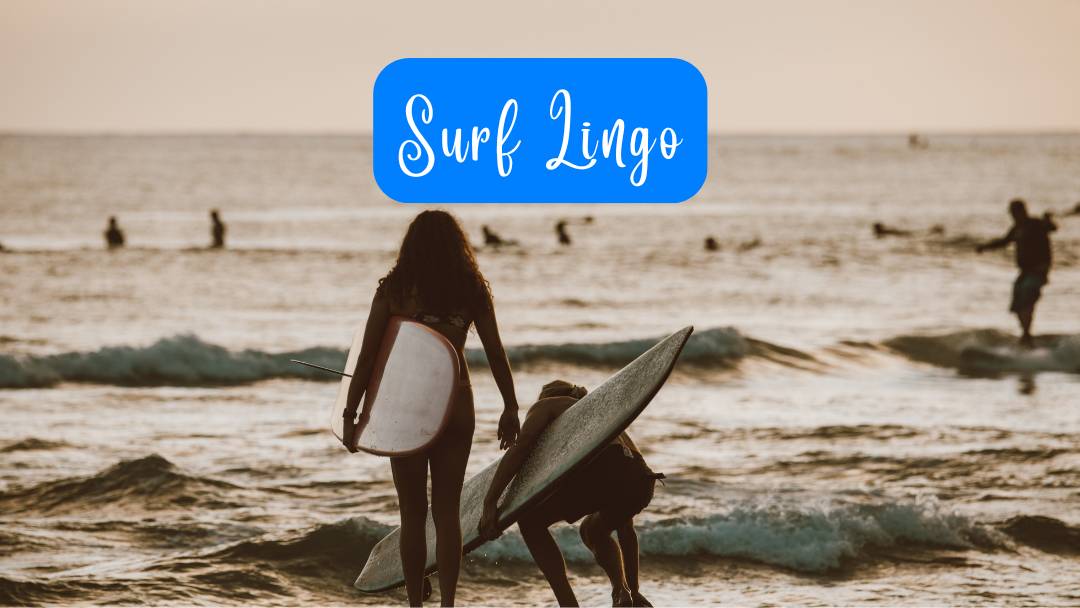
Surf Lingo: Essential Terms For Beginner Surfers
Surf Lingo 101: Essential Terms for Beginner Surfers When I started surfing, I quickly realised that understanding the language locals use is just as important as learning how to ride a wave. Knowing surf lingo helps me communicate clearly with other surfers and makes...
Your content goes here. Edit or remove this text inline or in the module Content settings. You can also style every aspect of this content in the module Design settings and even apply custom CSS to this text in the module Advanced settings.
